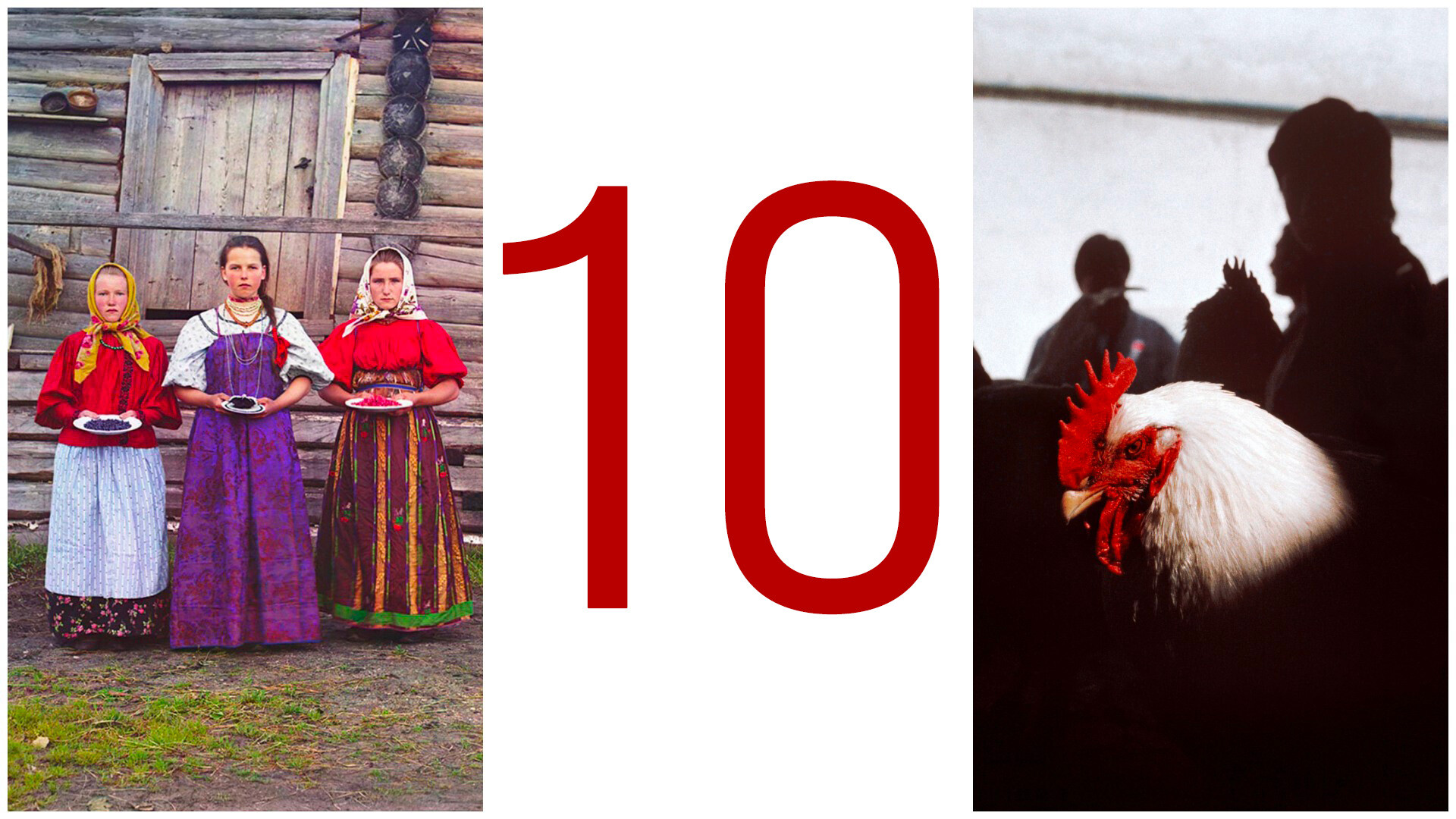

Karl Bulla (1855-1929) is frequently called the founding father of Russian photography. In the late 19th century, he opened one of the first photo studios in St. Petersburg, which became famous throughout the country. He was a photo witness of an entire epoch, making the first street photography and, thanks to him, we can today observe Tsarist Russia at its end and see the realities that have been irretrievably lost.

Nicholas II visits Kostroma for the 300-year anniversary of the Romanov House celebration, 1913
Karl BullaWhether it be ordinary Petersburgers or the brightest signs of the times. In addition, he made many photographic portraits of famous personalities, from Leo Tolstoy to Nicholas II.
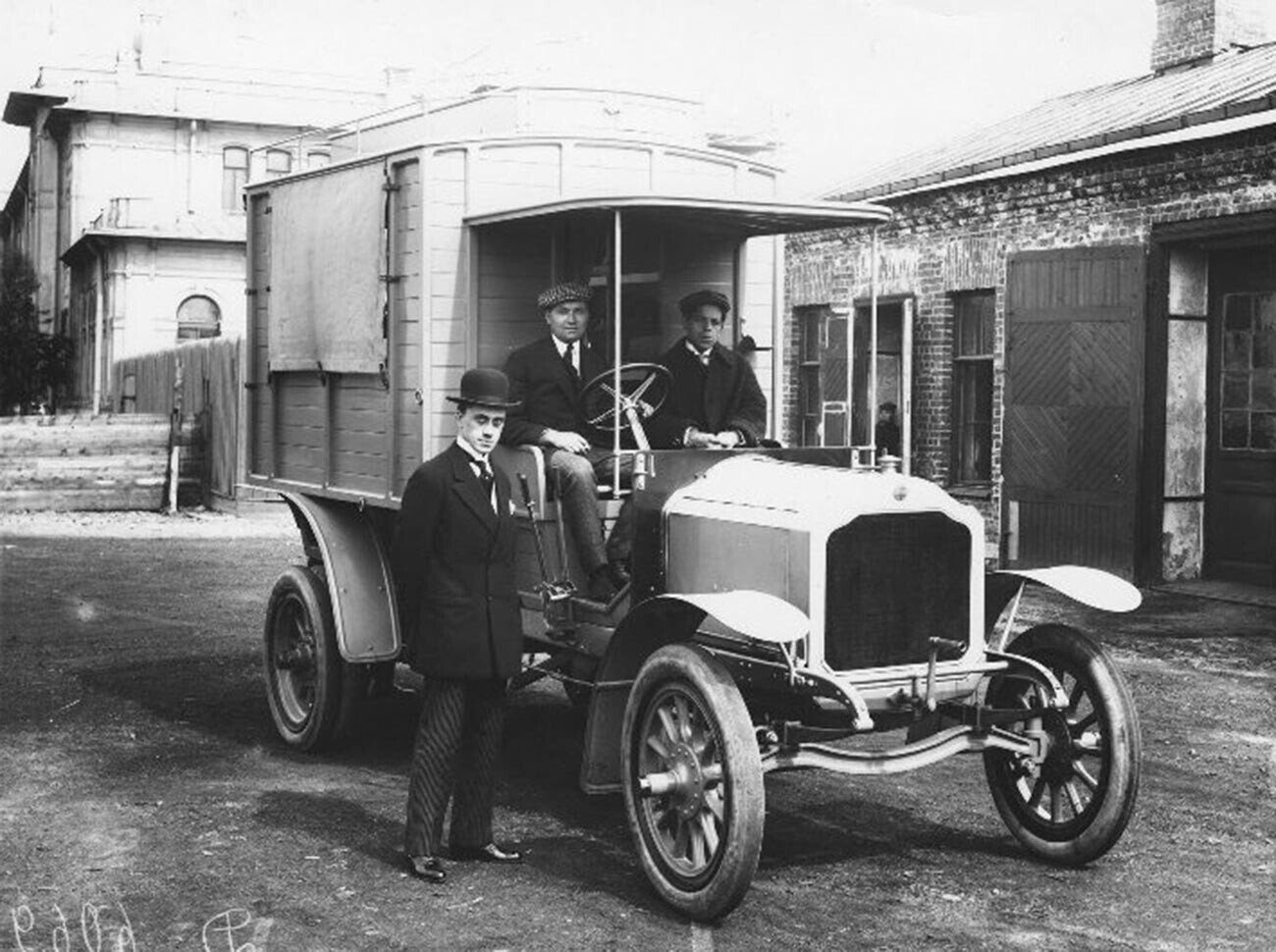
A military hospital car, 1911
Karl BullaSee more photos by Karl Bulla here.

Sergei Prokudin-Gorsky (1863-1944) revolutionized photography, as he was the first in Russia to take color shots. His photographic legacy is invaluable, as having traveled all over the Russian Empire, he captured its sights, nature and people in color.
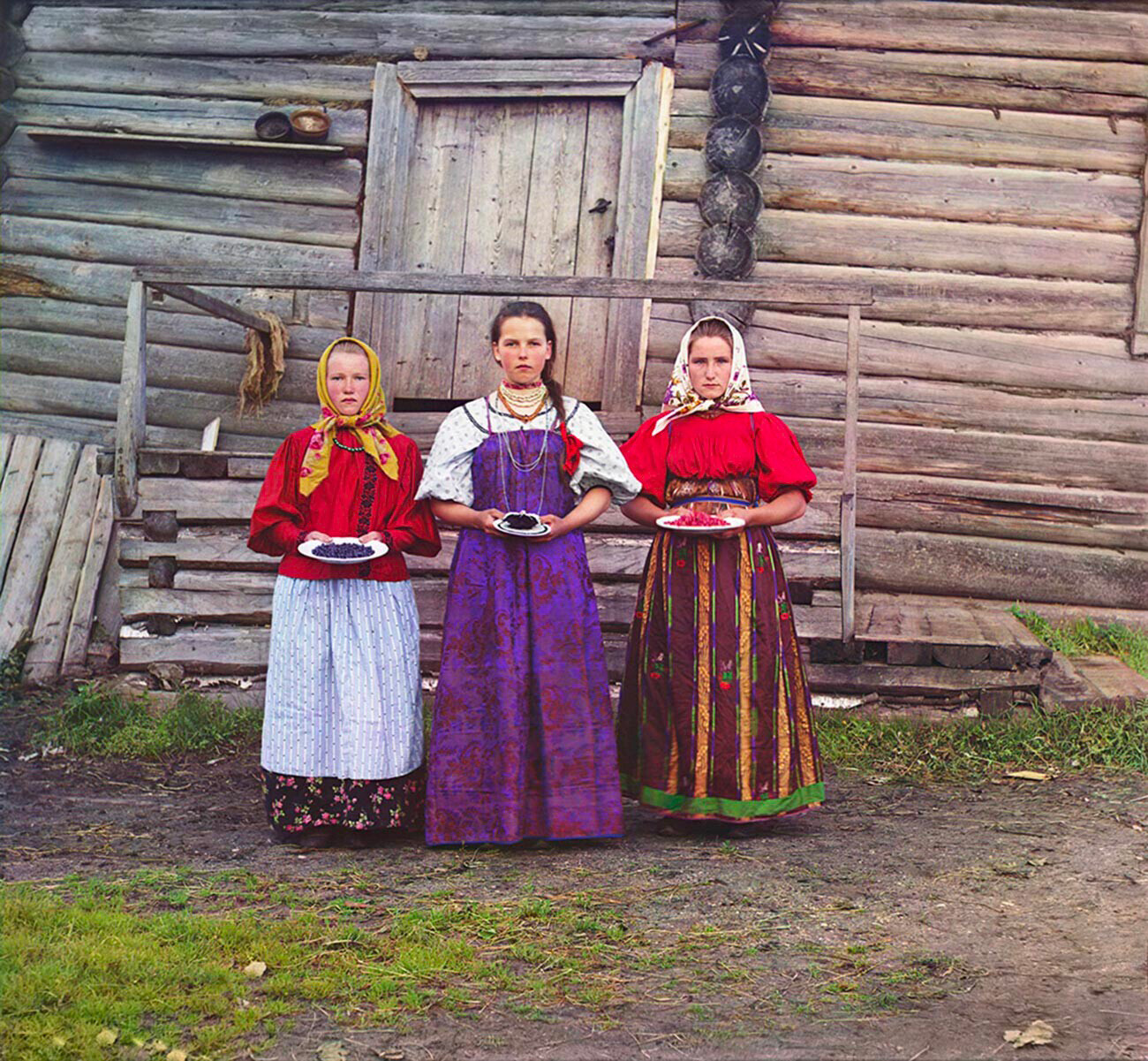
Peasant girls with berries in a village near Vologda, 1909
Sergei Prokudin-GorskyPictures taken by him include ancient churches, the latest industrial facilities for their time, portraits of celebrities, everyday scenes from the lives of ordinary people and much more.

Leo Tolstoy in his Yasnaya Polyana estate, 1908
Sergei Prokudin-GorskySee more photos by Sergei Prokudin-Gorsky here.

Alexander Rodchenko (1891-1956) is perhaps one of the most famous Russian photographers and a true revolutionary in photography. This avant-garde artist experimented a lot, using his portable 35mm camera to take pictures from unusual angles: from above, below and from all sides, showing viewers a new way of looking at familiar things.
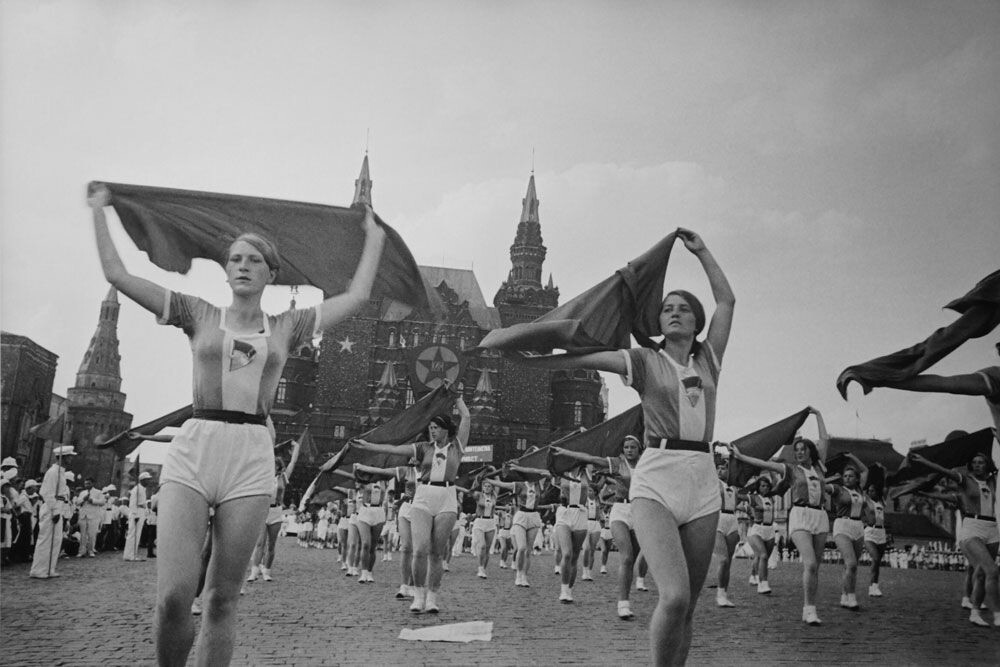
Girls with scarves. Sports parade on Red Square, 1935
Alexander Rodchenko/MAMM/russiainphoto.ruAnd he photographed the new Soviet reality – sports parades, the construction of the White Sea-Baltic Canal – and the new people of the era, like Vladimir Mayakovsky and Lily Brik. The latter was immortalized by him in an advertisement for the ‘Lengiz’ book publishing house (see the portrait above). For him, photography was art and his approach changed the genre forever.
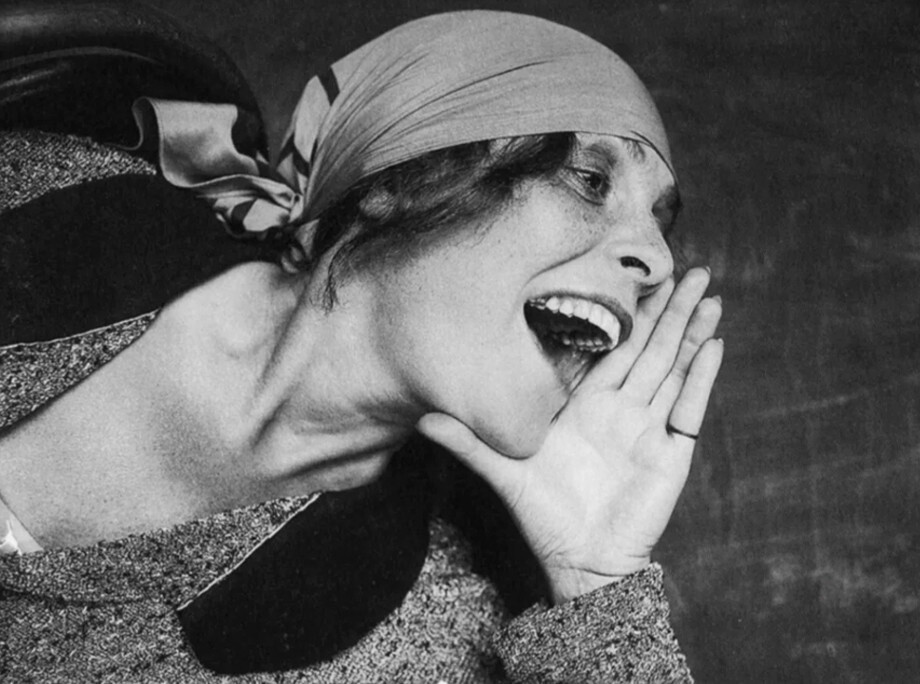
Lilya Brik. Portrait for “Books” Advertising Poster, 1924
Alexander Rodchenko/MAMM/russiainphoto.ruDiscover main photographs by Alexander Rodchenko here. Portrait (c) Isaak Brodsky/MAMM/MDF/russiainphoto.ru

Yevgeny Khaldei (1917-1997) was the most famous Soviet military photo correspondent, who is now considered a classic of military photo newsreels. It was he who captured trench life and showed what it was like to be on the front line.
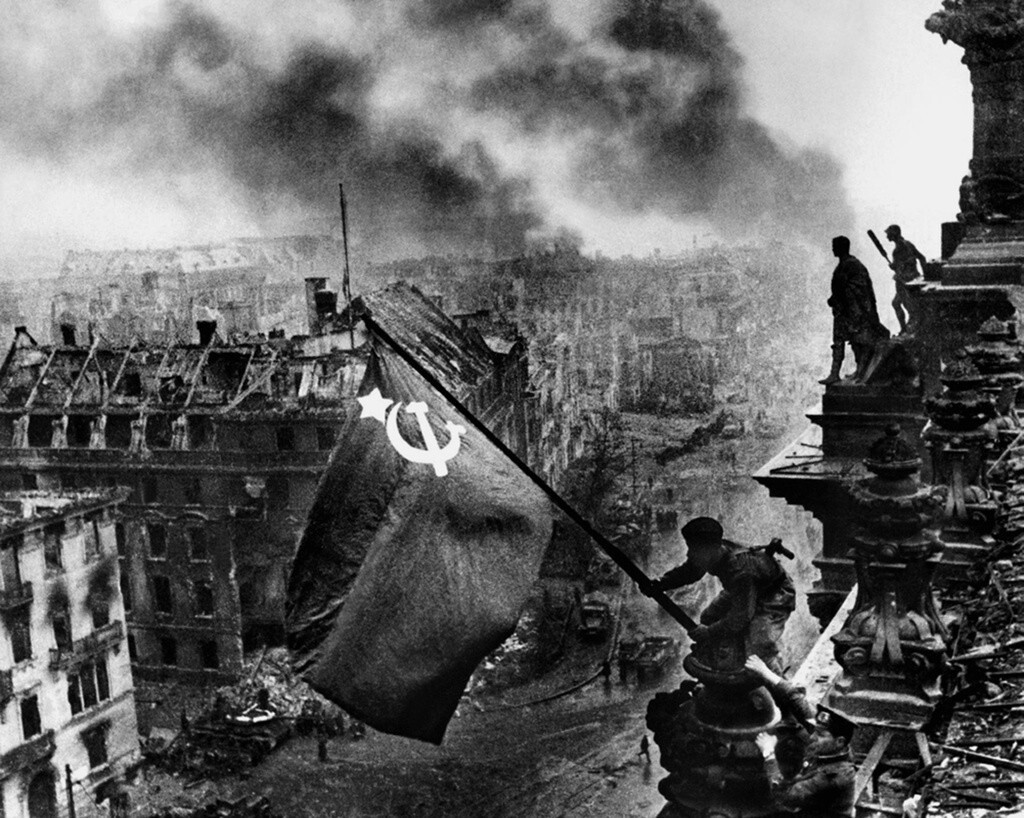
Victory Banner over the Reichstag, 1945
Yevgeny Khaldei/MAMM/MDF (Reproduction by Vyacheslav Runov/Sputnik)He both visited the Northern Fleet and documented battles on the Black Sea coast. He made all the way to Berlin with the Soviet troops and took the famous shot known to the whole world – the Victory Banner over the Reichstag.
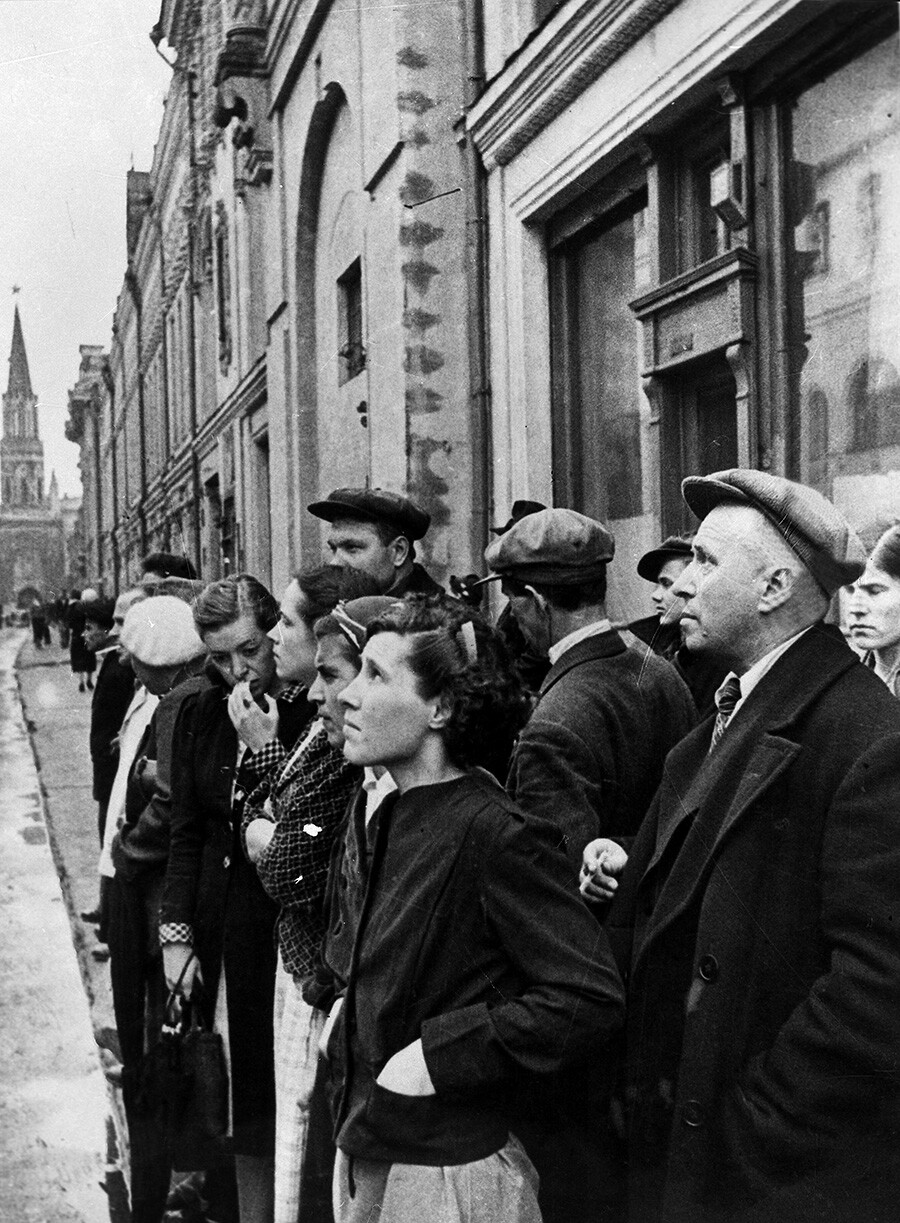
June 22, 1941. Muscovites listen to radio news about the Nazi Germany invasion
Yevgeny Khaldei//SputnikSee more photos by Yevgeny Khaldei here. Portrait (c) Vyacheslav Runov/Sputnik

Through Vsevolod Tarasevich’s (1919-1998) photos, one can trace the whole history of the USSR. For 50 years, he made reports from the most diverse corners of the country and portraits of ordinary people, from miners to collective farmers.

From the "Duel” series: physicist Vsevolod Balashov, 1963
Vsevolod Tarasevich/MAMM/MDF/russiainphoto.ruIt is hard to imagine a story or a milestone of Soviet life that would not have been reflected in his work: both horrors of war and joy of peaceful life, as well as the new professions, children, large construction sites and much more.
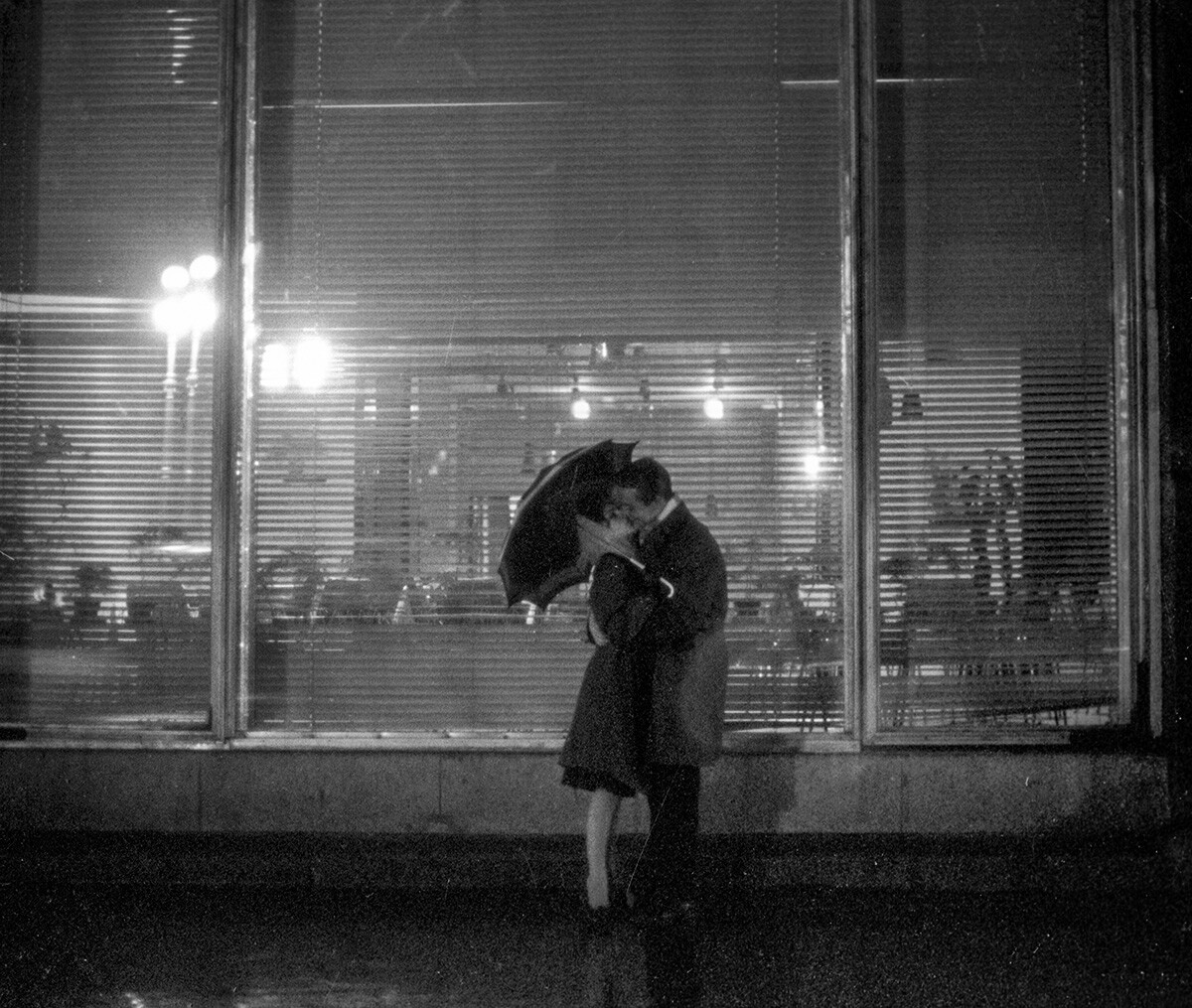
Kiss, 1966
Vsevolod Tarasevich/SputnikSee more photos by Vsevolod Tarasevich here. Portrait (c) Yashin/Sputnik

Images taken on the fronts of World War II, during the Battle of Moscow, at Stalingrad and in Crimea made Dmitry Baltermants (1919-1990) famous. However, Soviet editors were perplexed: "Why do you have half a man there?" and would often refuse to publish the photographer’s unusual shots.
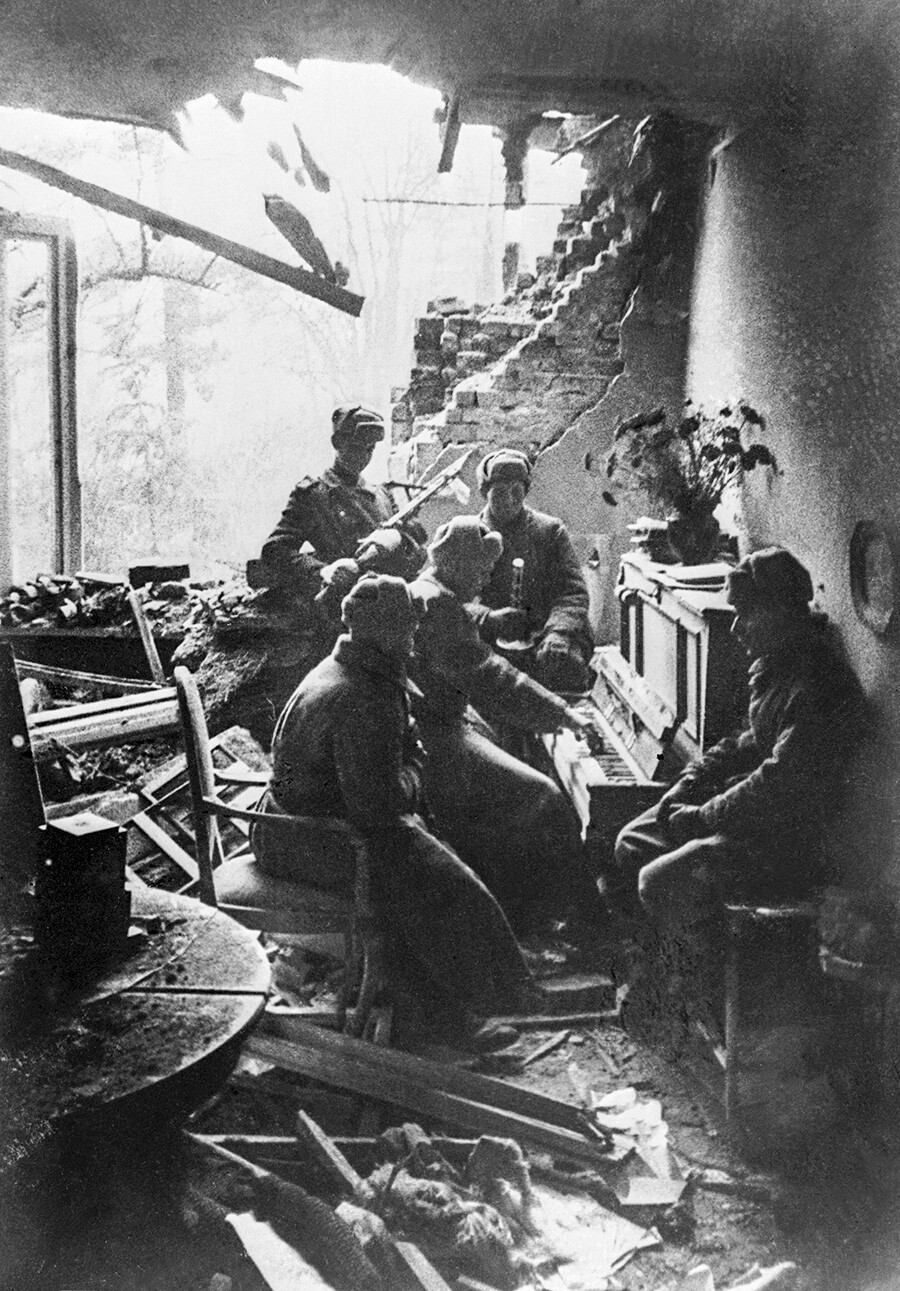
A Moment of Rest, 1943
Dmitry Baltermants/TASSHis unconventional, avant-garde optics, incomprehensible to Soviet party officials, were at the same time in a big demand abroad. He became one of the few Soviet photographers who was recognized worldwide already during his lifetime and his solo exhibitions were held in London and New York.
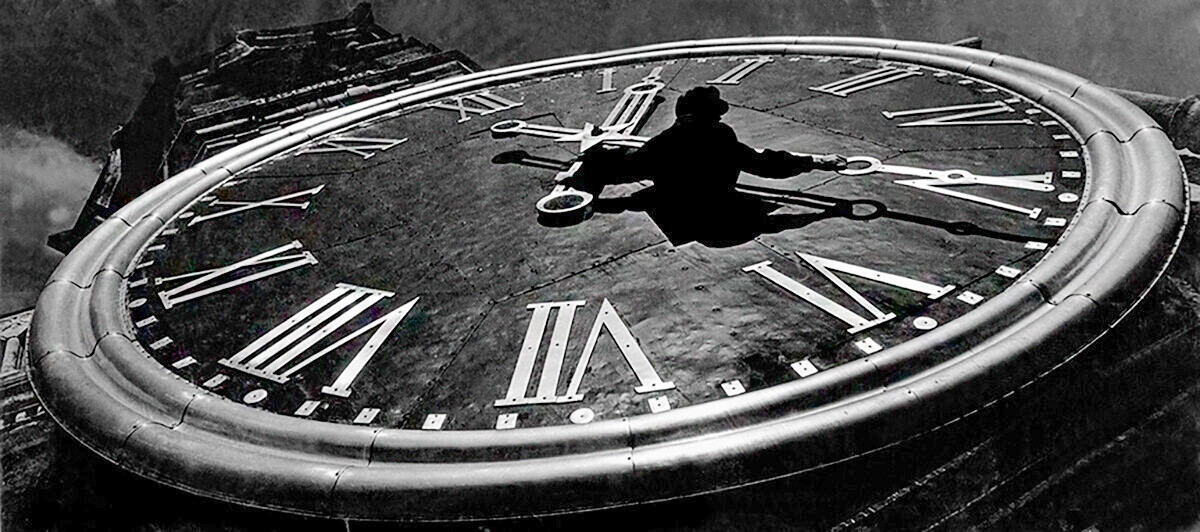
Master clock of the state, 1964
Dmitry Baltermants/MAMM/MDF/russiainphoto.ruSee more photos by Dmitry Baltermants here. Portrait (c) Nikolai Akimov/TASS

Vladimir Lagrange (1939-2022) captured the spirit of the Soviet thaw period. In 1959, he became a photo correspondent for TASS, the country’s main news agency. The ‘Khrushchev Thaw’ in politics gave rise to new freedoms in photography (and life), as well.
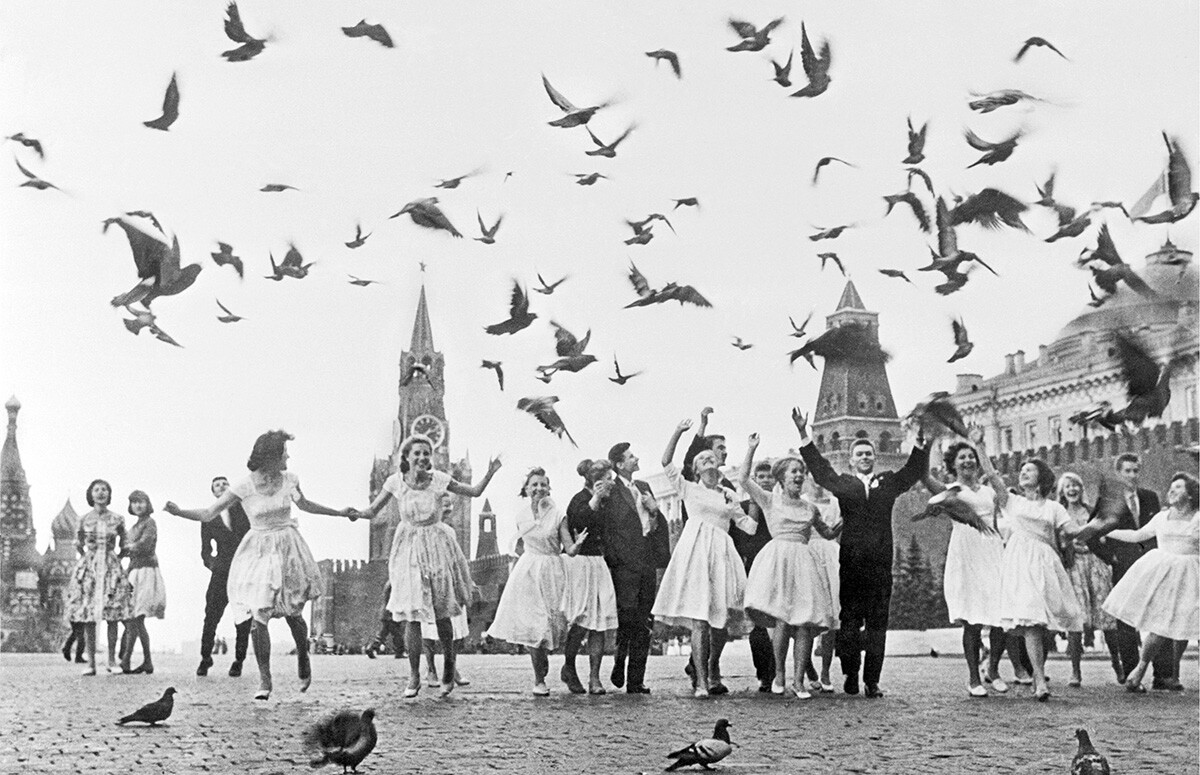
Doves of peace, 1962
Vladimir Lagrange/TASS (Reproduction by Sergei Bobylev/TASS)Lagrange refused to take staged, ideologically aligned photos; his pictures are a reportage of real life and a hymn to the everyday.
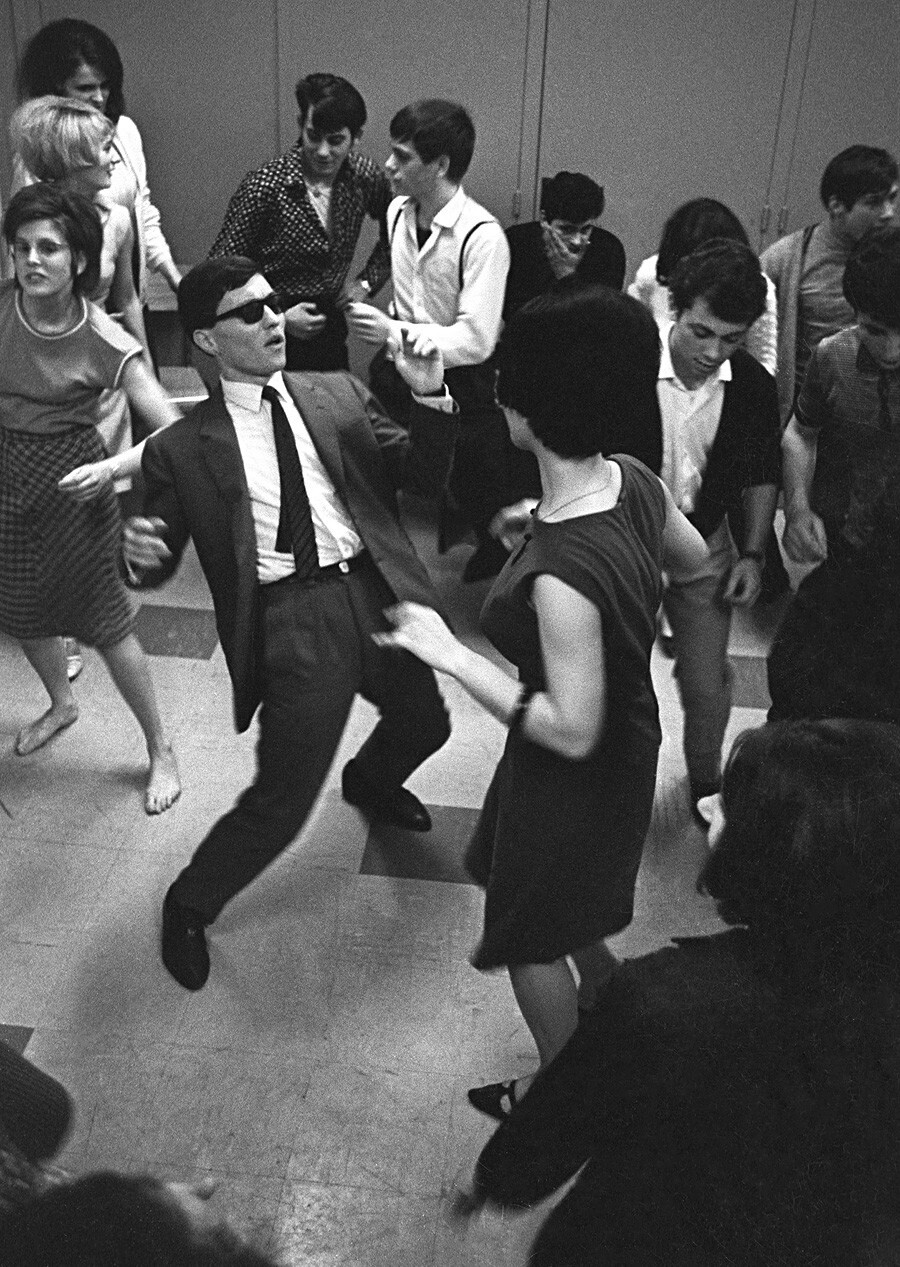
Dancing twist, 1964
Vladimir Lagrange/Lumier Brothers center for photographySee more photos by Vladimir Lagrange here. Portrait (c) Pavel Smertin/TASS

The bold rock’n’roll photos by Igor Mukhin (b. 1961) show the Soviet perestroika, the 1980s and 1990s.

Moscow. Viktor Tsoi, 1986
Igor Mukhin/MAMM/MDF/russiainphoto.ruViktor Tsoi, Zhanna Aguzarova, Vladimir Sorokin, Boris Grebenshchikov and other faces of the era stare back at us in these shots.
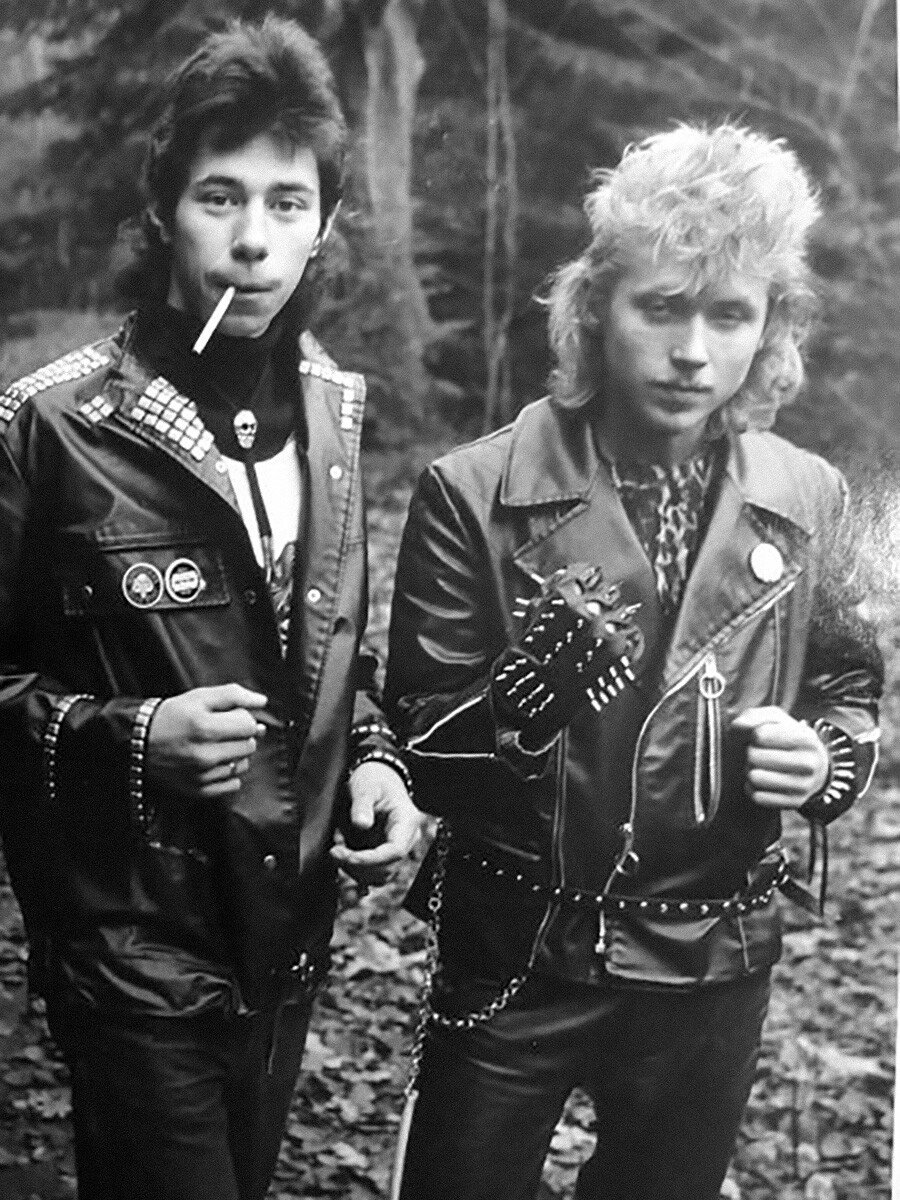
Untitled. Moscow, 1985
Igor Mukhin/MAMM/MDF/russiainphoto.ruMukhin also revealed a new, informal Moscow that was feeling its first taste of real freedom.
Portrait (c) Sputnik

Andrei Tarkovsky once saw Gueorgui Pinkhassov’s (b. 1952) photos and was amazed that much that invited the young photographer to shoot a report about the ‘Stalker’ (1979) movie filming process.

Moscow. Kievsky train station, 1995
Gueorgui Pinkhassov/Magnum Photos/East NewsThe photographer himself graduated from Moscow’s prestigious VGIK (Gerasimov Institute of Cinematography) film school and was known as an independent photographer with an unusual vision of the world. Familiar everyday scenes turned into surrealistic works of art in his photos.

Uzbekistan. Tashkent. Market. 1992
Gueorgui Pinkhassov/Magnum Photos/East NewsIn the 1980s, Pinkhassov emigrated and became the only Russian photographer of the legendary Magnum Photo agency. And his work has been published in the most authoritative international publications.
Portrait (c) AFP

Sergey Maximishin (b. 1964) is considered a mastodon of Russian photojournalism right now. He is a multiple winner of the ‘World Press Photo’ contest as well as other various photographic awards. He is a distributor for many of the most authoritative publications, both in Russian and foreign, and teaches the art of photography.
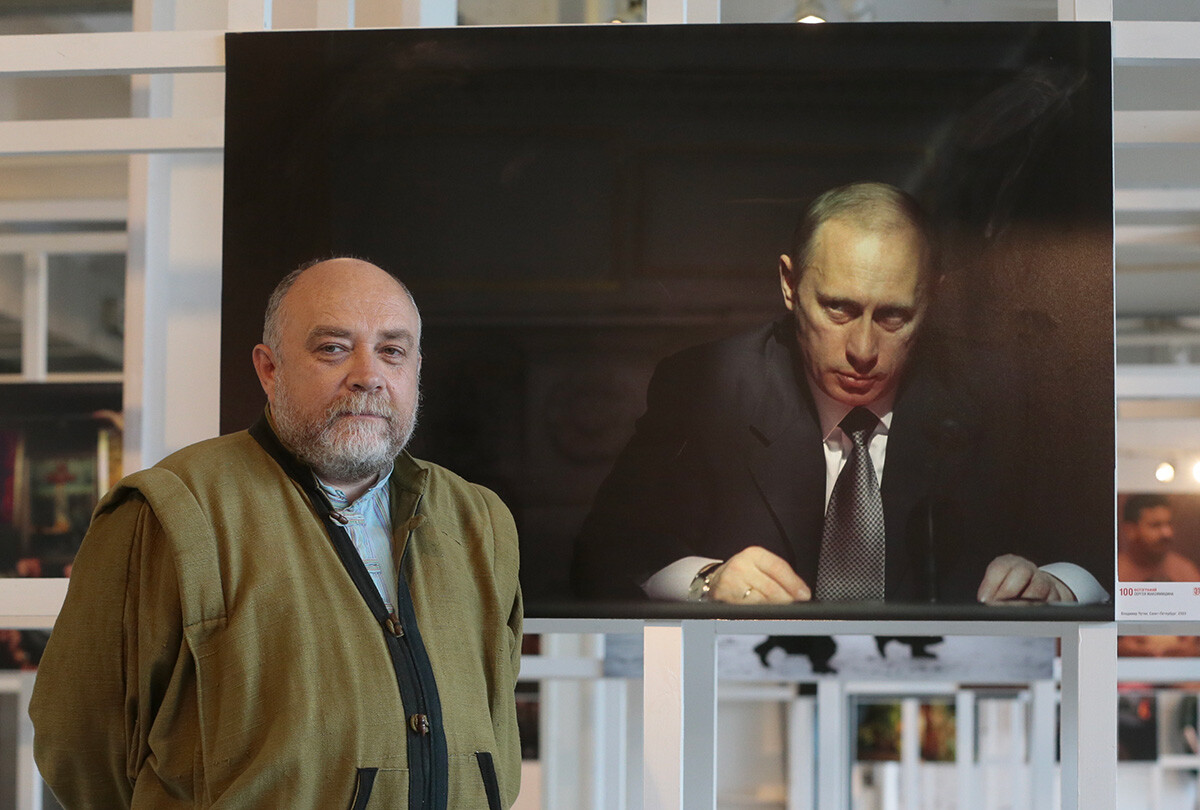
Sergei Maximishin posing with his photograph of Vladimir Putin
Mikhail Metsel/TASSIn 2007, he published a book of photographs from different parts of the former Soviet republics, tracing what is left of ‘The Last Empire’, i.e. the USSR.
See more photos by Sergey Maximishin here. Portrait (c) Vladimir Smirnov/TASS
Dear readers,
Our website and social media accounts are under threat of being restricted or banned, due to the current circumstances. So, to keep up with our latest content, simply do the following:
If using any of Russia Beyond's content, partly or in full, always provide an active hyperlink to the original material.
Subscribe
to our newsletter!
Get the week's best stories straight to your inbox